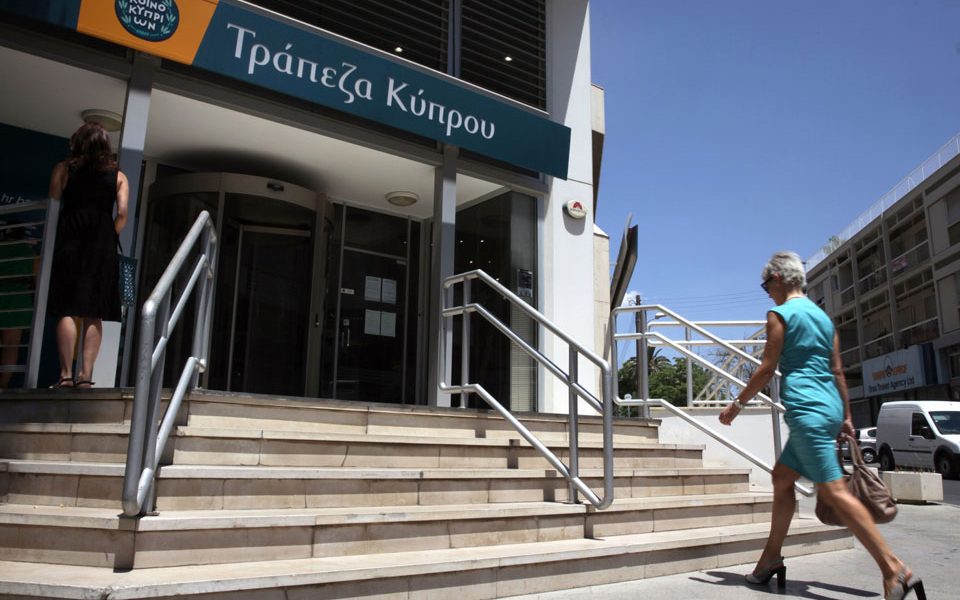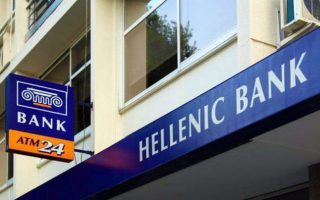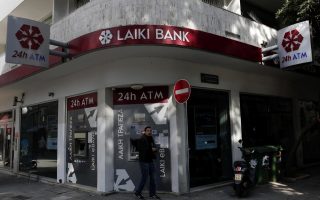Low interest payouts by Cypriot banks

Cypriot banks rank second to last among European banks in terms of paying interest on total household deposits, according to data released on Wednesday by the European Banking Authority (EBA), as part of its annual risk assessment of the European banking system.
In contrast, Cypriot banks are in second place among European banks in terms of return on equity.
Αccording to the EBA data, Cypriot banks paid an interest rate on household deposits of just 0.0417% in 2023, compared to 0.0158% paid in 2022, and rank second to last among European banks, before banks in Bulgaria, which ranked last with an interest rate of just 0.0018%.
In contrast, Liechtenstein banks were placed first with the highest interest rate on household deposits at 2%, followed by banks in Iceland with 1.7%, Poland and Norway with 1%, Romania with 0.9%, Hungary with 0.8% and France, Luxembourg and the Czech Republic with 0.7%.
Moreover, Cypriot lenders are in second place among European banks in terms of return on equity in 2023, which reaches 26.3%, compared to 6.9% recorded in 2022.
Hungary’s banks are in first place with a return on equity of 28.7%, compared to 5.1% in 2022, while Latvia’s banks are in third place with 25.8%, followed by banks in Lithuania with 25.3% and Romania with 23.3%.
In its report, the EBA stresses that the EU banking sector remains robust despite the risks arising from the interest rate change, and notes that “the EU banking sector has proven to be resilient after the March 2023 banking turmoil.”
It is added that bank capitalization remains high with the average common equity tier 1 ratio (CET1) at 16%, while profitability has supported bank payouts.
It is also noted that rising interest rate levels have so far supported widening interest rate spreads, but this may have reached a tipping point.
The EBA stresses that banks’ asset quality “remains strong,” but sluggish economic growth and rising interest rate levels pose risks.
It is added that liquidity remains high but has started to normalize from the high levels recorded during the pandemic.
Finally, the EBA says that market funding costs have increased, but deposit rates “have remained comparatively low and may rise in the future.”





